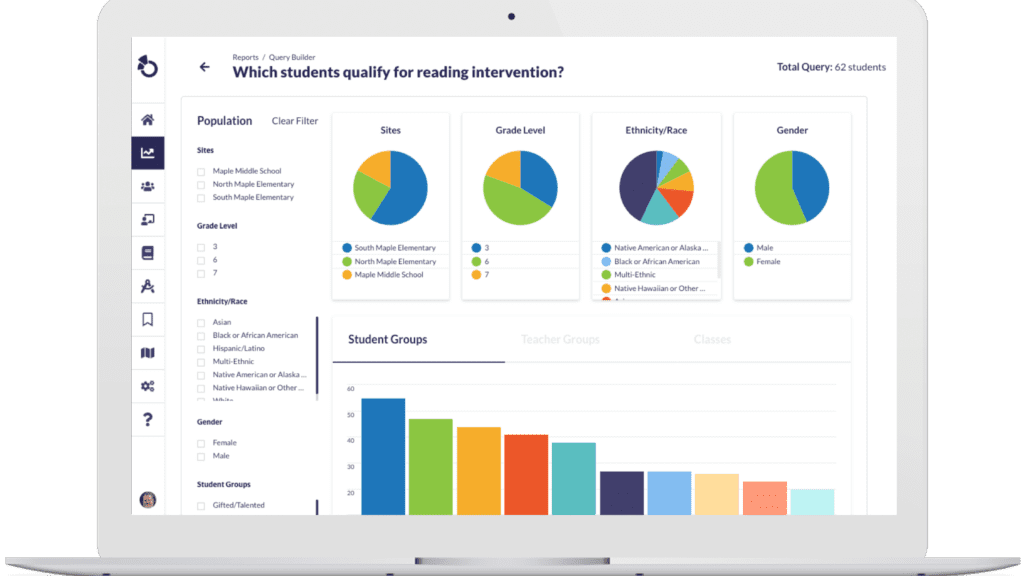Understanding Socioeconomic Impact on Student Achievement: Bridging the Gap
By: David Specht
As educators, we aim to provide every student with the best possible opportunities for academic success. However, achieving this ideal is often complicated by the realities of socioeconomic disparities among our student populations. This raises an important question: "Are there differences in student achievement based on socioeconomic status in my school?" This question is critical for identifying and addressing achievement gaps, a fundamental step toward creating an equitable learning environment.
Socioeconomic Status and Student Achievement
Research consistently shows that socioeconomic status significantly impacts student achievement. Students from low-income families often face numerous challenges that can hinder their academic progress, including limited access to educational resources, inadequate nutrition, and lack of support at home. These factors can create disparities in academic performance, often resulting in an achievement gap between students of different socioeconomic backgrounds.
Addressing these disparities requires a thorough understanding of the problem at hand. For educators, this means identifying the extent to which socioeconomic status impacts student achievement in their schools and then developing strategies to bridge these gaps.

Recognizing the Achievement Gap in Your School
Recognizing the impact of socioeconomic status on student achievement begins with collecting and analyzing student performance data. By examining trends and patterns in this data, educators can identify where and to what extent achievement gaps exist. This includes looking at standardized test scores, grades, graduation rates, and other key performance indicators.
However, it's important to note that the impact of socioeconomic status on student achievement is not always straightforward. It can be influenced by other factors, such as school funding, quality of instruction, and parental involvement. Therefore, understanding this issue requires a holistic approach that considers multiple facets of the student experience.
Otus: A Partner in Bridging Achievement Gaps
Here's where Otus comes into play. Otus helps answer your questions about how socioeconomic status, as well as other factors, impacts achievement by providing one place to visualize all student data. This ensures that you have clear insights to confidently make decisions for your district.
With Otus, educators can track a wide range of academic and non-academic indicators, allowing them to identify trends and disparities in student performance. Interactive data reports make it easy to understand and communicate these trends, aiding in the development of targeted strategies to address achievement gaps.

Otus Query reports provide a detailed breakdown of student demographics so educators can better understand the background and needs of students who may be above or below specific benchmarks.
If your student data reveals gaps in performance, you can create personalized learning plans directly in Otus to ensure that the unique needs of every student are met.
Understanding the impact of socioeconomic status on student achievement is crucial for creating an equitable learning environment. While this challenge might seem daunting, platforms like Otus provide the necessary tools to not only understand but also address these disparities.
Watch the video below to learn how you can answer the question “Are there differences in student achievement based on socioeconomic status?” using Otus.
Discover other crucial questions you can answer about your student data using Otus here.
Request a demo!
See exactly how Otus can help your school accelerate student growth and improve student outcomes – all while saving educators time.





